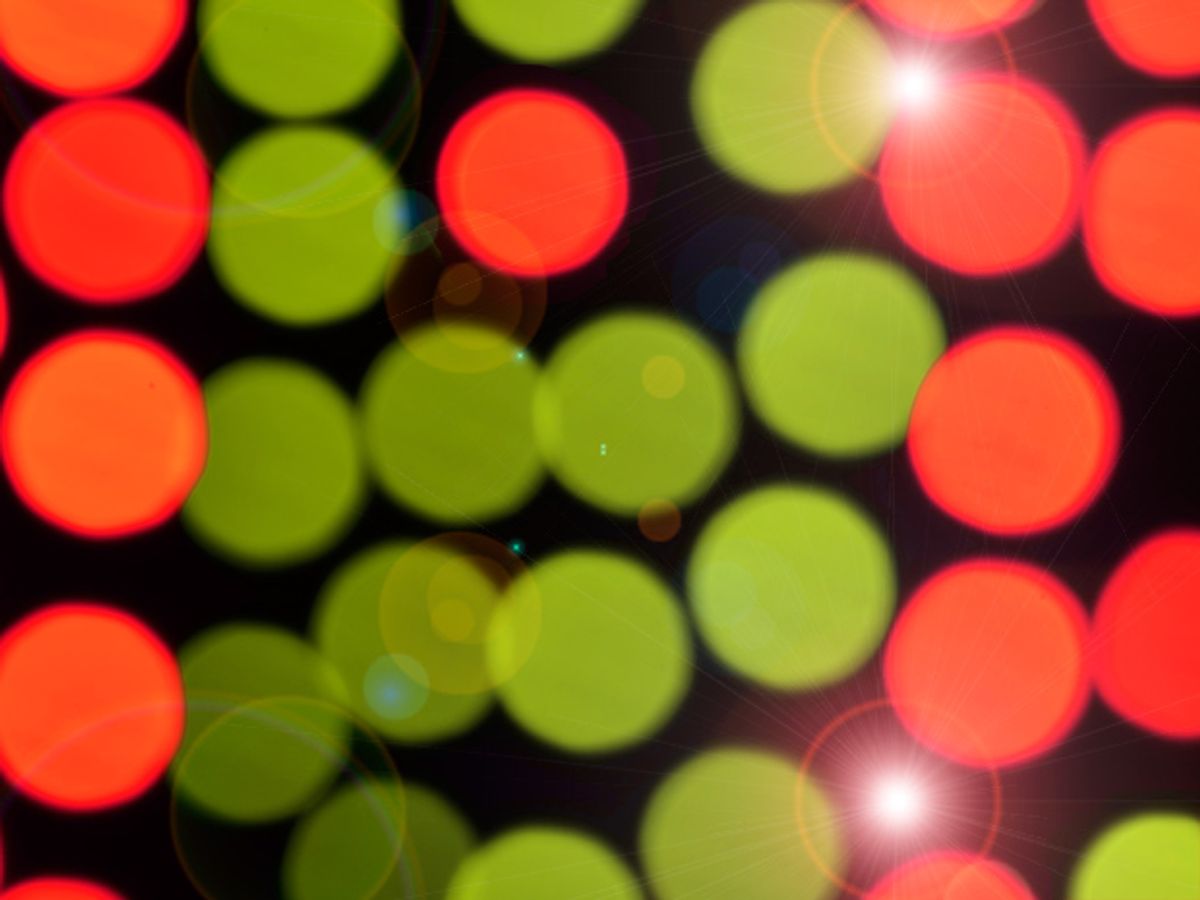A device based on tiny fluorescent crystals known as quantum dots could harvest useful energy from waste heat from electronics, researchers say.
Quantum dots are semiconductor crystals each made of as little as a few dozen atoms. When quantum dots absorb energy, because they are so tiny, there is usually virtually nothing else for the energy to do except reemerge as light, a quality that has driven Samsung, Hisense, Sharp, LG and other television manufacturers to explore TVs and other displays based on quantum dots.
Quantum dots can also convert energy into electric current, and last year MIT researchers showed quantum dots could help significantly boost solar cell efficiencies. Now a team of physicists at the University of Würzburg in Germany and the University of St. Andrews in Scotland reveal that a microscopic device based on quantum dots can generate electricity by harvesting waste heat from electronic circuits, which comes in the form of tiny random fluctuations of voltage and current.
The invention is a rectifier, a device that converts alternating current to direct current. At the heart of this rectifier are two coupled quantum dots made of gallium arsenide and aluminum gallium arsenide. One dot is connected to an electronic circuit, which provides AC in the form of voltage fluctuations, while the other quantum dot is where the direct current flows out to picowatts of power.
The researchers suggest this strategy could be used for harvesting and reusing waste heat at the nano-scale, for autonomous and energy-efficient electronic applications. They are scheduled to detail their findings online 10 April in the journal Physical Review Letters.
Charles Q. Choi is a science reporter who contributes regularly to IEEE Spectrum. He has written for Scientific American, The New York Times, Wired, and Science, among others.



